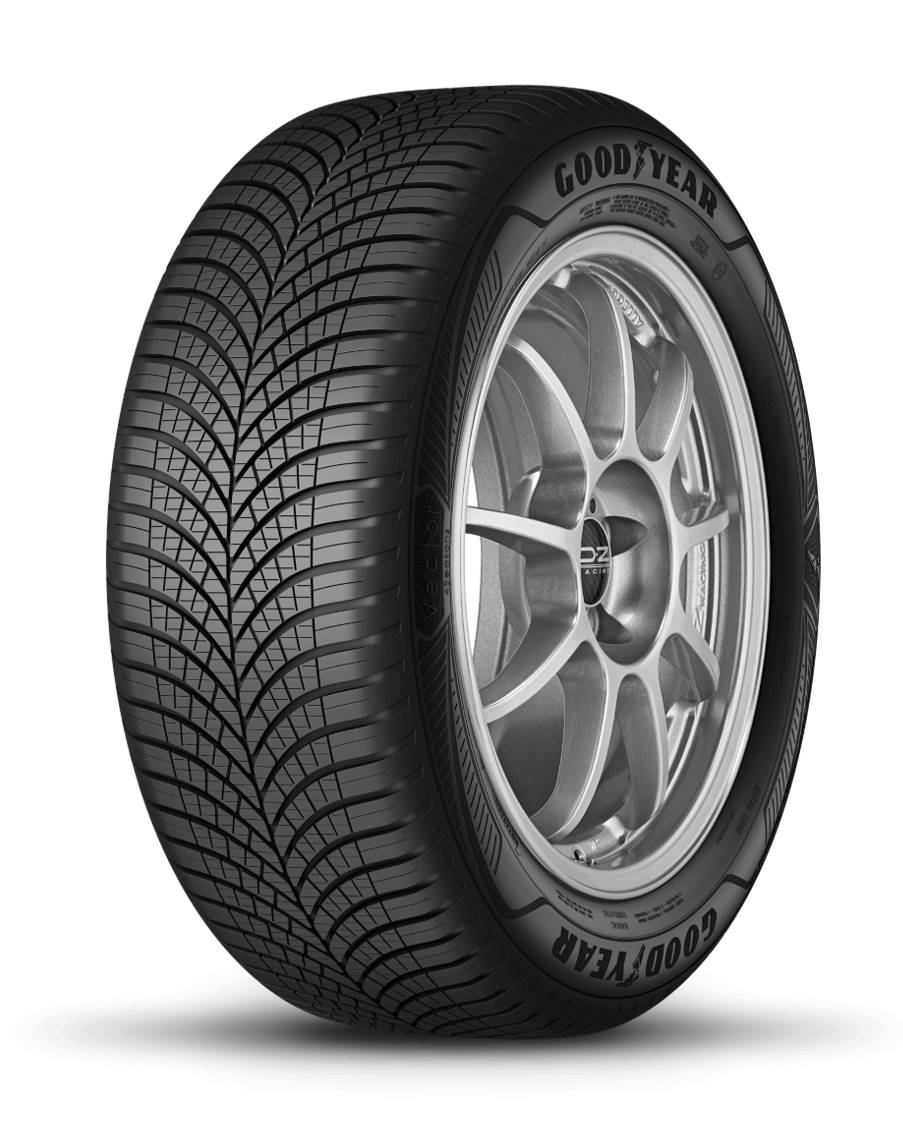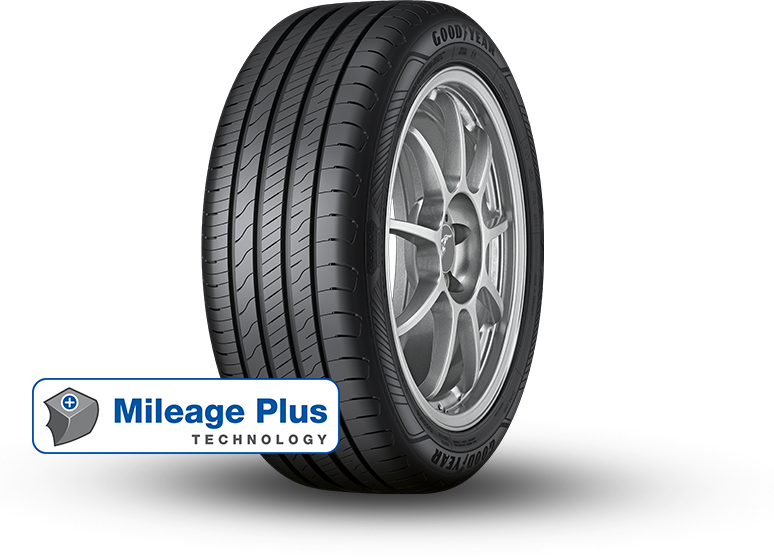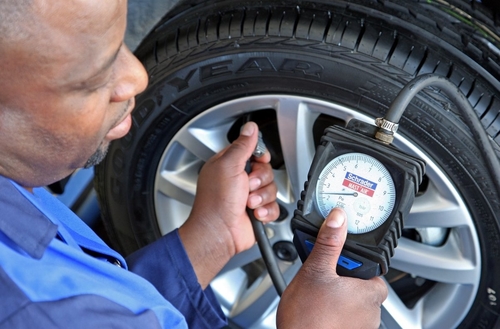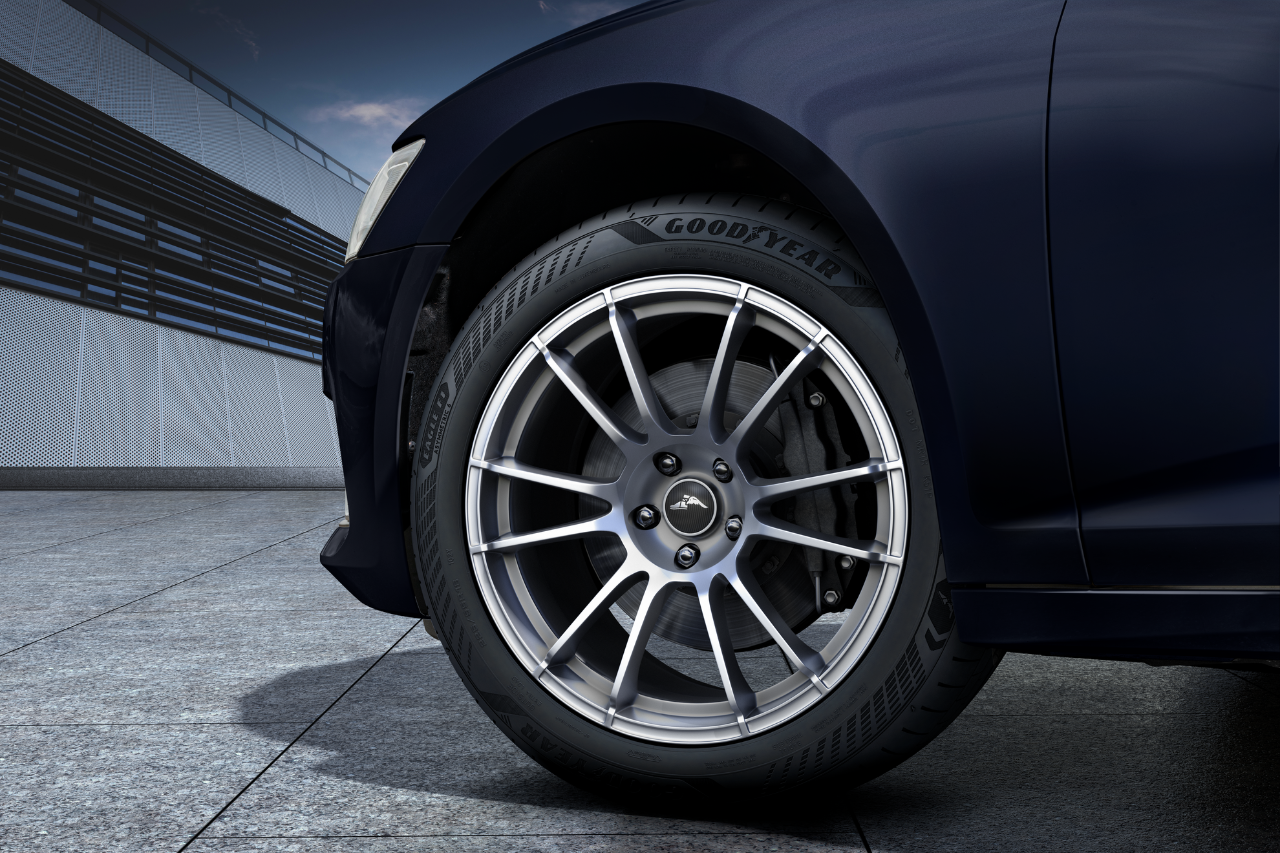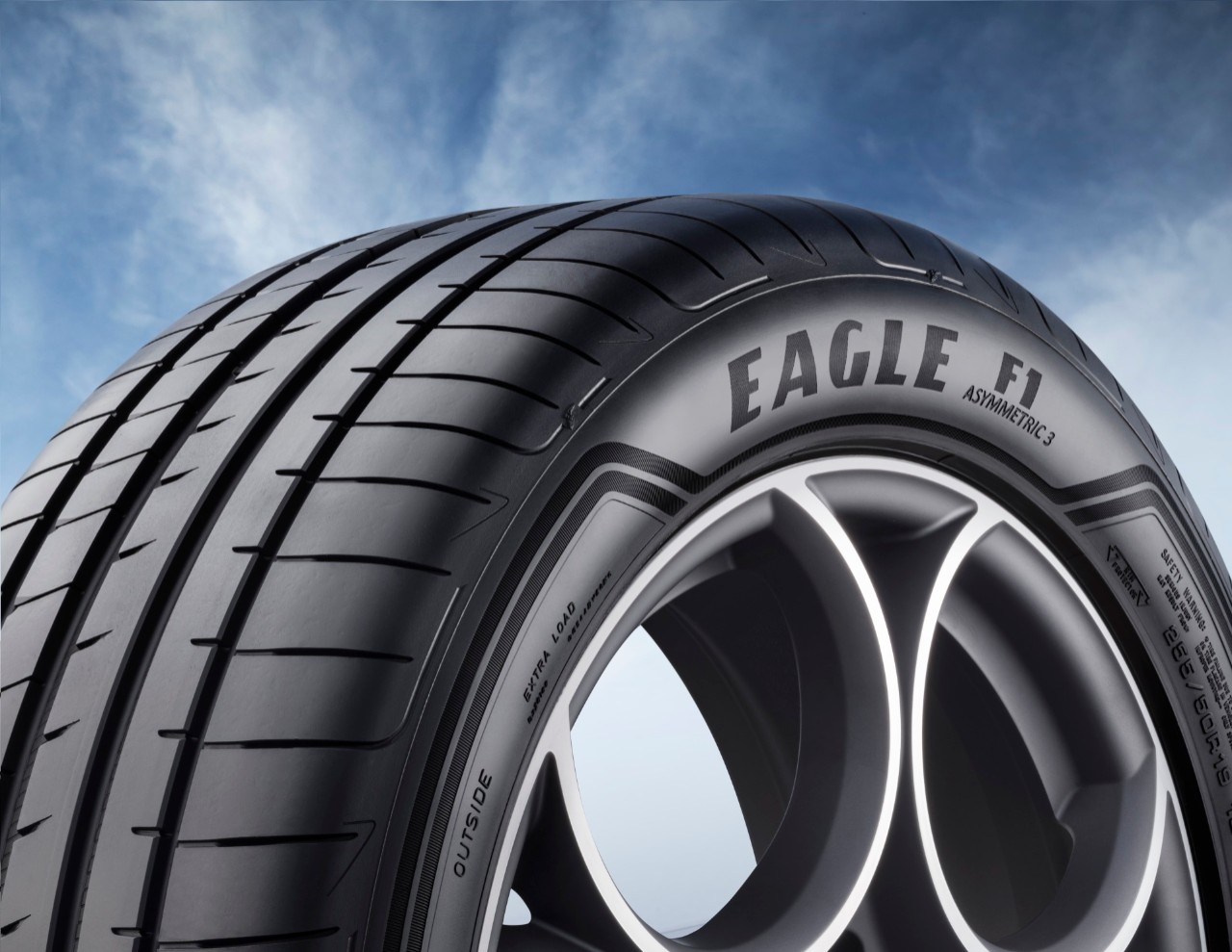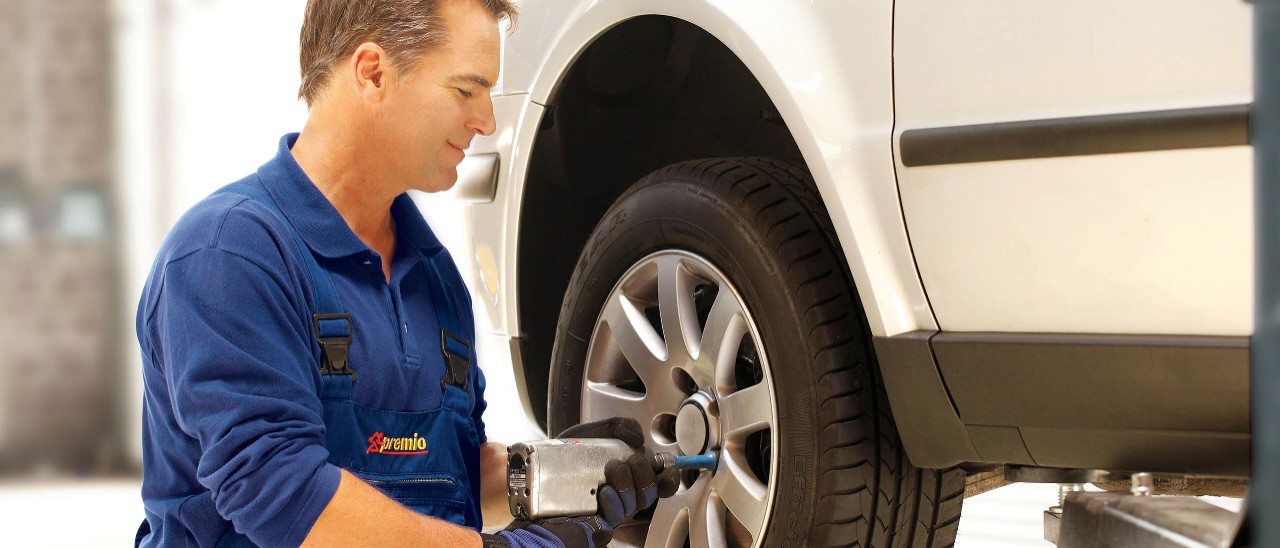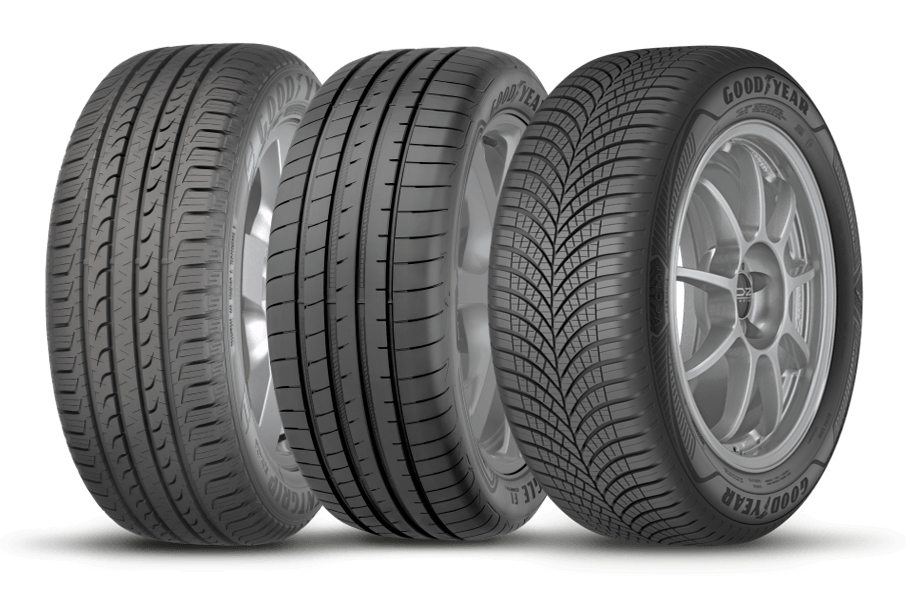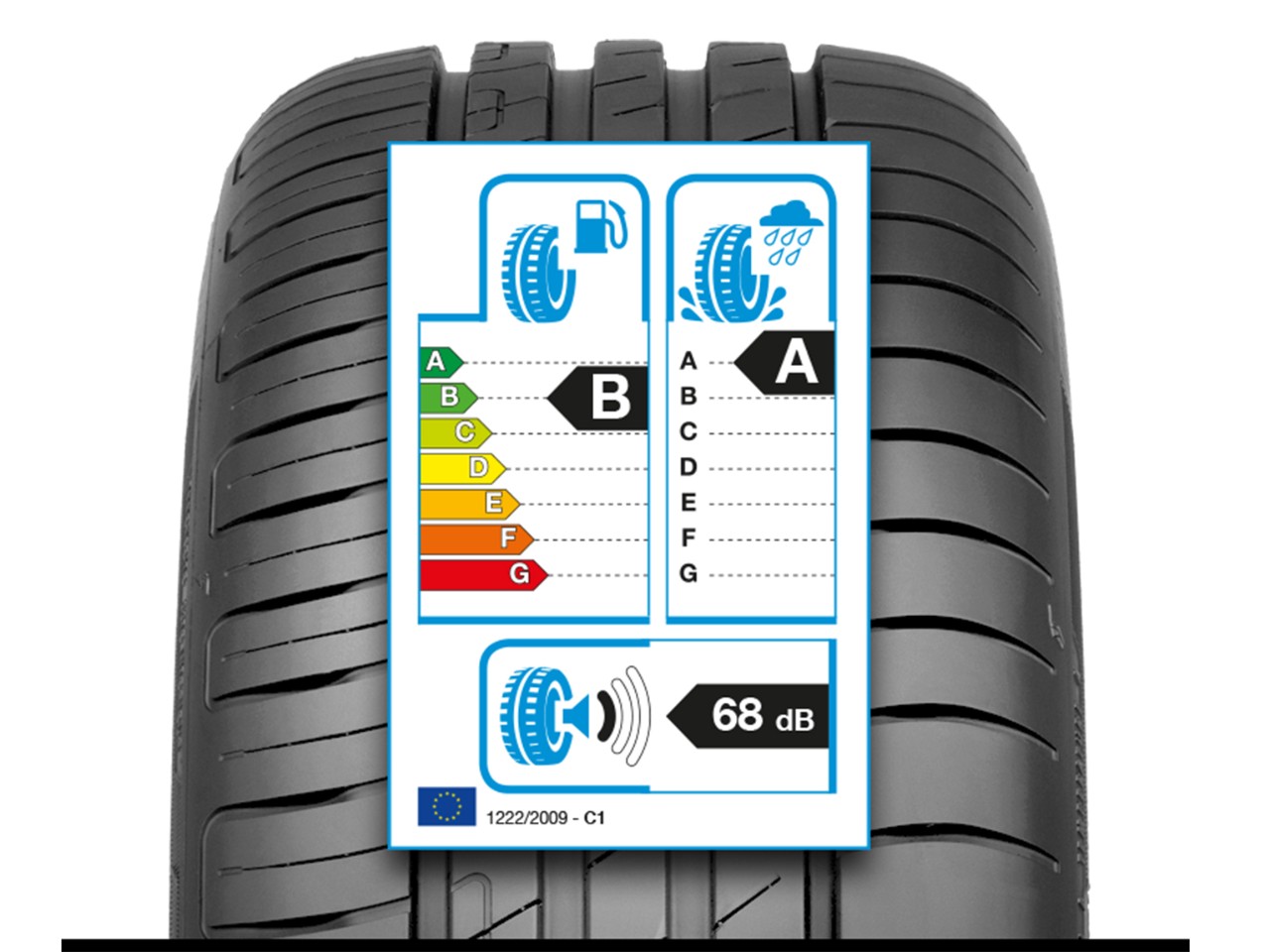As Jon Benson from Tyre Reviews explains in this video, summer tyres are designed to be excellent in the dry and wet when the weather is warm, but as soon as the temperature drops below 7°c, so will the performance.
Winter tyres contain a higher proportion of rubber, making them softer with a higher rate of elasticity. This increases the level of grip the tyre is able to offer in temperatures below 7°c. Winter tyres also have a different tread pattern containing sipes to give you the best possible performance on snow and ice. The softer and more elastic rubber on winter tyres degrades quickly in the warmer weather of summer as they are designed to be a winter weather specialist.
If you live somewhere that gets especially cold in winter with a lot of snow and ice, then choosing summer and winter tyres may be your best option. This will give you optimal performance in the warmer months, but as the temperature drops, you’ll have the best tyres for those wintry conditions.
An all season tyre blends the best of both the summer and winter tyre into one package, meaning you can run it all year round. This tyre is best if you live somewhere in the country that doesn’t get especially cold or see so much snow and ice. You will still get good performance in the summer and when the temperature drops, the tyre has the elasticity in the rubber to provide good winter performance too.









